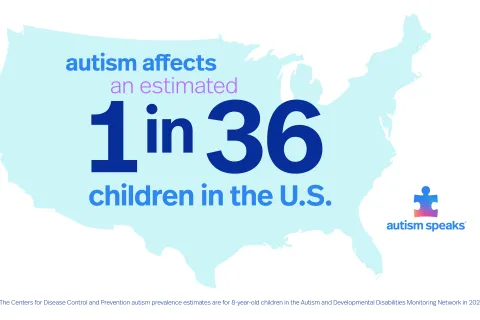Study finds translation of parent survey is reliable at detecting autism in Chinese children
July 1, 2021A new study published in April showed that a translation of a common autism screening tool is reliable for children ages 6 to 13 in China.
Because autism research is a new field in China and national rates of autism prevalence have only recently been studied, many common autism measurements are not available in the Chinese language. This new study helps validate the translation of the Modified Chinese Autism Spectrum Rating Scale and shows that the translation is reliable at detecting autism in young children.
The Autism Spectrum Rating Scale is a tool for finding children with autism so they can get support. A family member or teacher fills out the survey if they believe a child has autism. Depending on the age of the child and who is filling it out, there are four different versions of the survey, which was designed for English speakers in the United States.
“Supporting children with autism is important not only in the United States but around the world,” said Andy Shih, Ph.D., senior vice president of public health and inclusion at Autism Speaks and one of the study’s authors. “China is heavily populated and therefore has a large autistic population, and this work will help providers with a tool that can be used with parent input to find children with autism who need supports and services.”
A private research group, the Public Welfare Industry of Health of China, translated and shortened the Autism Spectrum Rating Scale into the Modified Chinese Autism Spectrum Rating Scale in 2017. Autism Speaks also facilitated the adaptation and use of this tool for the first autism prevalence study in China, published last year, which found 1 in 142 children had autism. This prevalence estimate is slightly higher than the global estimate of 1 in 160 from the World Health Organization.
Researchers in the U.S. and China, with technical support from Autism Speaks, tested the parent version of the translated survey with kids ages 6 to 13. Of the more than 2,000 families who participated in the study, 420 of the children had autism. They came from a range of Chinese cities, backgrounds, and identities.
Overall, the researchers found the survey was reliable for finding autism 79 percent of the time.
This research team suggests that in order to be widely used in China, the other translated versions of this tool also need to be analyzed to ensure accuracy. The researchers will also compare the results with other countries to understand cultural differences in use of these tools.








